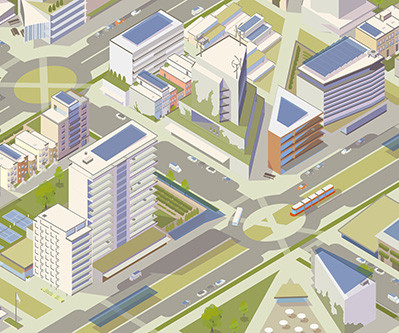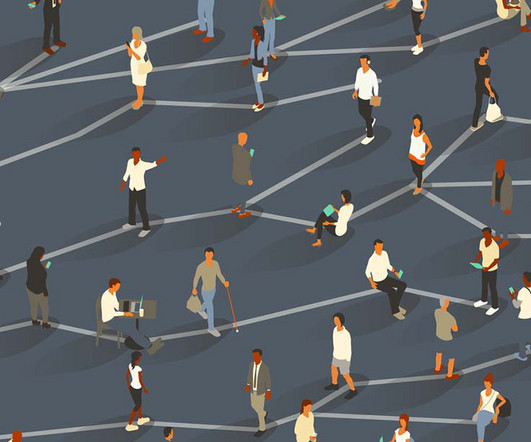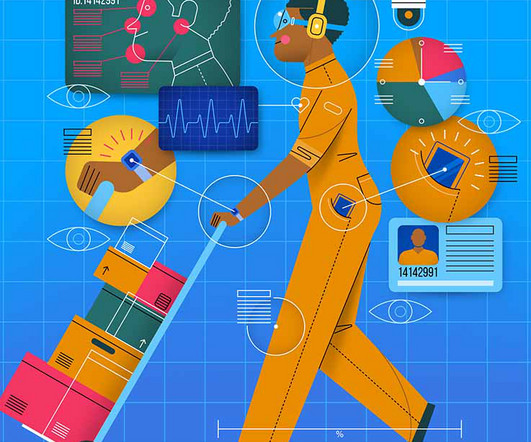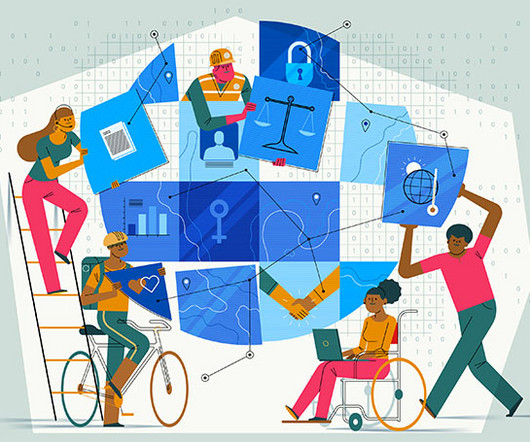10 Ways Funders Can Address Generative AI Now
Stanford Social Innovation Review
SEPTEMBER 28, 2023
Others, like the Ford, MacArthur, and Hewlett Foundations, and Omidyar Network, have focused on building the capacity to address the risks and opportunities posed by a wide range of technologies, including, but not limited to, artificial intelligence. Understanding, and developing guidelines and guardrails for, government use of AI.

























Let's personalize your content